The 21st century has witnessed the rise of global music phenomena that transcend language barriers and cultural differences, uniting people across continents through infectious beats and unforgettable melodies. From the galloping rhythms of Psy's "Gangnam Style" to the sultry sway of Luis Fonsi's "Despacito," these tracks have rewritten the rules of what constitutes a worldwide hit. These songs didn't just top charts—they became cultural moments, sparking dance crazes, memes, and conversations that extended far beyond the music itself.
When "Gangnam Style" exploded onto the scene in 2012, few could have predicted its unprecedented impact. The song's quirky horse-riding dance, coupled with its satirical take on Seoul's affluent Gangnam district, turned it into a viral sensation. What made it remarkable wasn't just its catchy hook but its ability to captivate audiences who didn't understand a word of Korean. The music video's vibrant visuals and Psy's charismatic performance created a universal language of fun, proving that a hit song no longer needed English lyrics to dominate globally. YouTube played a pivotal role, with the video becoming the first to reach one billion views, shattering records and setting a new benchmark for virality.
Five years later, "Despacito" took the baton and sprinted even further. The collaboration between Puerto Rican artists Luis Fonsi, Daddy Yankee, and later Justin Bieber, blended reggaeton with pop sensibilities, creating a rhythm that was impossible to resist. Unlike "Gangnam Style," which relied heavily on its visual appeal, "Despacito" showcased the power of Latin music's rich melodic traditions. Its success marked a turning point for Spanish-language music in the mainstream, paving the way for artists like Bad Bunny and Rosalía to achieve global stardom. The song's longevity on charts worldwide demonstrated that listeners were eager for diverse sounds, even if they didn't fully grasp the lyrics.
What connects these two megahits is their ability to evoke joy and movement. "Gangnam Style" was a burst of unbridled energy, while "Despacito" oozed sensuality and warmth. Both tracks invited participation—whether through dance challenges or sing-alongs—making them communal experiences rather than passive listens. Social media amplified this effect, turning these songs into shared cultural touchstones. They weren't just listened to; they were lived, replicated, and remixed by millions, blurring the lines between artists and audiences.
Behind the scenes, the business of music was evolving alongside these phenomena. Streaming platforms like Spotify and Apple Music democratized access to international hits, while algorithms began pushing songs beyond their traditional markets. Record labels took note, investing more in cross-border collaborations and multilingual releases. K-pop groups like BTS and Latin trap artists found receptive audiences worldwide, proving that the success of "Gangnam Style" and "Despacito" wasn't a fluke but a sign of shifting tastes. The era of Anglo-American dominance in pop music was giving way to a more pluralistic soundscape.
Yet, these songs also faced criticism. Some argued that their global appeal relied on exoticism or simplistic stereotypes—Korean quirkiness in Psy's case, tropical Latin passion in Fonsi's. Others pointed out how "Despacito's" remix with Justin Bieber highlighted the industry's tendency to use Anglo stars as a bridge for non-English songs. Still, their impact is undeniable. They opened doors for artists from non-Western countries to enter the global stage on their own terms, challenging the notion that English was the default language of hit-making.
As we look back, these anthems represent more than just catchy tunes. They symbolize a world growing smaller and more interconnected, where a beat from Seoul or San Juan can set the rhythm for millions. The legacy of "Gangnam Style" and "Despacito" lies not just in their records broken but in the conversations they sparked about identity, representation, and the unifying power of music. In an often-divided world, their ability to make strangers dance together—whether in a club or through a screen—reminds us of art's unique capacity to transcend borders.

By /Aug 7, 2025

By /Aug 7, 2025

By /Aug 7, 2025
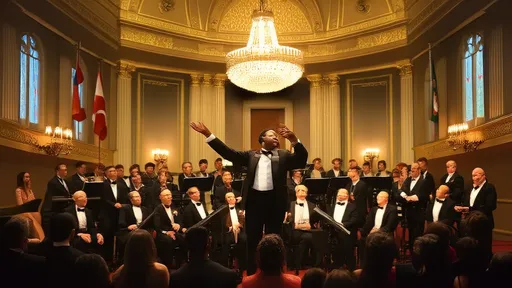
By /Aug 7, 2025

By /Aug 7, 2025

By /Aug 7, 2025

By /Aug 7, 2025

By /Aug 7, 2025

By /Aug 7, 2025
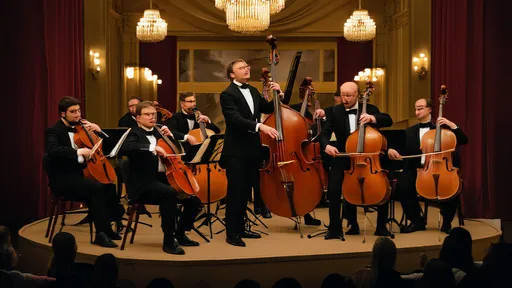
By /Aug 7, 2025
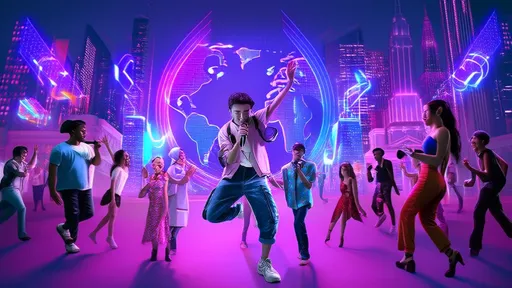
By /Aug 7, 2025

By /Aug 7, 2025

By /Aug 7, 2025

By /Aug 7, 2025
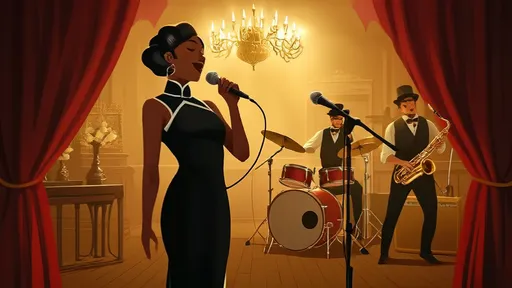
By /Aug 7, 2025
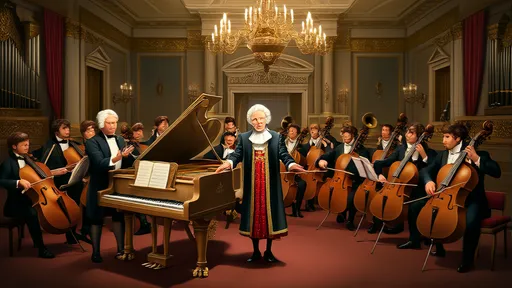
By /Aug 7, 2025
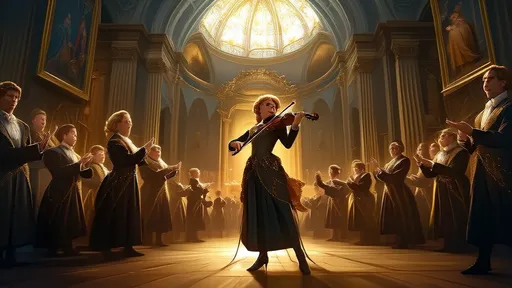
By /Aug 7, 2025

By /Aug 7, 2025

By /Aug 7, 2025
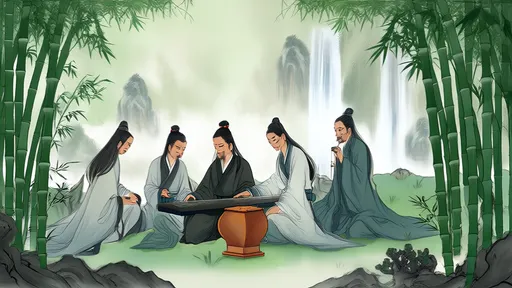
By /Aug 7, 2025